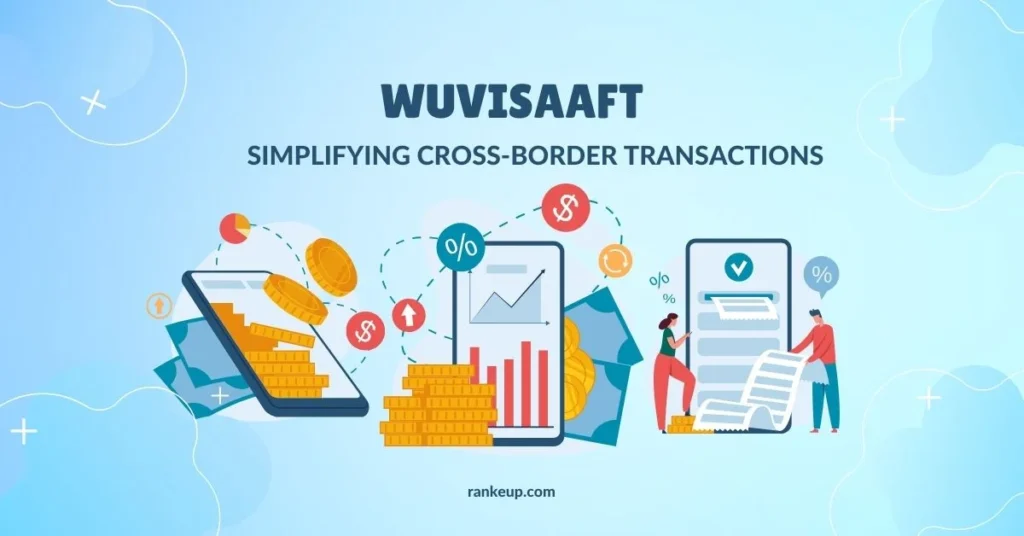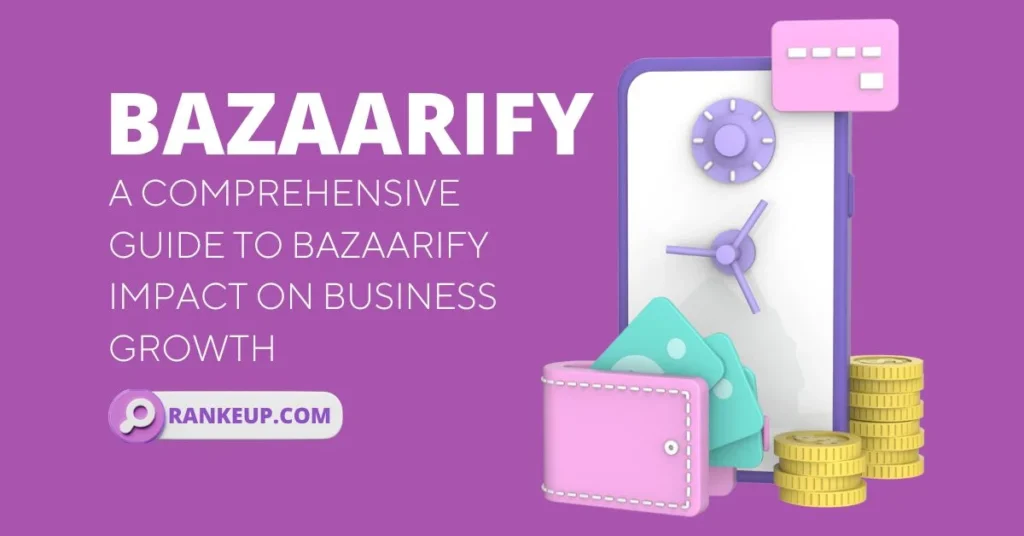In the fast-paced world of digital marketing, reaching and engaging customers through email is essential for business growth. Cliqly is an email marketing platform that provides businesses with the resources they need to simplify lead outreach. From ready-made email lists to customizable copy and design, Cliqly offers a one-stop solution for businesses eager to jumpstart their email marketing efforts without the initial hassle of building a subscriber list from scratch. However, while Cliqly’s premade email lists can provide a head start, there are also important considerations that users should weigh to maximize engagement and avoid common pitfalls.
What Cliqly Offers: An Overview of Features
Cliqly has become a popular choice among businesses new to email marketing, offering a range of tools designed to simplify the process. Here’s an in-depth look at the key features that Cliqly brings to the table:
1. Ready-Made Email Lists
Cliqly’s standout feature is its ready-made email lists, which allow businesses to skip the time-consuming task of building a list from scratch. This service provides access to pre-built lists, offering businesses a pool of potential leads who may already have some interest in similar products or services.
While this can be advantageous for businesses just starting out, it’s essential to understand that engagement rates may be lower compared to a list built from scratch. Additionally, relying solely on premade lists may present challenges regarding email deliverability and compliance, which are vital to maintaining a strong reputation.
2. Pre-Written Copy and Templates
Creating compelling email content can be challenging, especially for those who are new to email marketing. Cliqly solves this issue by offering pre-written email copy and customizable design templates. These ready-made assets save time, allowing marketers to focus on other tasks without sacrificing email quality or engagement potential. Cliqly’s templates are tailored to encourage click-throughs and conversions, enabling businesses to maintain a professional appearance even if they lack design experience.
3. Drag-and-Drop Editor for Customization
To make it easy for users to personalize their emails, Cliqly includes a drag-and-drop editor. This feature enables businesses to modify email templates quickly, adding personalized elements, such as brand colors, logos, and specific messaging that aligns with their goals. Customization is vital for ensuring emails resonate with recipients, as tailored content generally performs better than generic messages.
4. Advanced Analytics and Real-Time Insights
Cliqly also provides robust analytics tools, allowing marketers to track key metrics, such as open rates, click-through rates, and conversions. Real-time insights empower businesses to gauge the effectiveness of their email campaigns and make data-driven adjustments to improve future performance. Cliqly’s analytics interface is user-friendly, even for beginners, offering visualizations that clarify how different strategies affect engagement.
5. A/B Testing for Campaign Optimization
To help users optimize their email campaigns, Cliqly offers A/B testing capabilities. This feature allows businesses to test different email versions to see which elements perform best. Whether it’s subject lines, visuals, or calls to action, A/B testing helps marketers identify the most effective components, enabling more strategic, successful campaigns over time.
6. Email Automation for Efficiency
Cliqly’s automation features make it possible to schedule emails and set up triggered workflows based on customer behaviors. This is crucial for businesses that want to nurture leads through the sales funnel without manual intervention. Automation allows businesses to engage leads at the right times, creating a more seamless and effective customer journey.
Understanding the Limitations of Cliqly’s Ready-Made Email Lists
While Cliqly’s premade email lists can jumpstart a campaign, they do have several limitations that businesses should consider:
1. Lower Engagement Rates
Premade email lists are often less engaged than lists built from direct opt-ins, as the recipients may not have a strong connection to the brand. This can result in lower open and click-through rates, affecting overall campaign performance. For businesses aiming to achieve high engagement, building a dedicated, opt-in list may provide better results.
2. Compliance Challenges
Using premade lists can raise concerns about regulatory compliance, especially with strict laws, such as the CAN-SPAM Act and GDPR. These regulations require clear consent from recipients, and using purchased or premade lists without obtaining explicit permission can lead to fines or reputational damage. To maintain compliance, businesses should prioritize list-building methods that ensure subscriber consent.
3. Reputation and Deliverability Risks
Sending emails to unverified contacts increases the risk of being flagged as spam, which can harm the business’s sending reputation. A low reputation score may impact future deliverability, reducing the likelihood that emails will reach subscribers’ inboxes. To mitigate this risk, businesses should verify their lists, remove inactive contacts, and send high-quality, valuable content.
4. Poor Targeting and Personalization
Premade email lists often lack the level of targeting and personalization needed for effective marketing. A personalized approach resonates more with customers, making them feel valued and increasing engagement. For businesses that want to deliver highly relevant content, building their own list or segmenting existing lists based on specific criteria can result in better outcomes.
Why Building a Custom Email List Matters
Creating a list of genuinely interested subscribers brings numerous benefits. With a list of opt-in subscribers, businesses can build trust, comply with regulations, and tailor their marketing efforts to fit the needs and interests of their audience. Here are a few essential strategies for effective list-building:
1. Start with Engaged Subscribers
The most successful email campaigns often begin with a base of engaged subscribers. By encouraging visitors to sign up for updates, newsletters, or exclusive offers, businesses can cultivate a list of individuals who are already interested in what they have to offer. Engaged subscribers are more likely to open emails, click through to the website, and convert.
2. Leverage Automation for Efficient Outreach
Email automation is invaluable for managing and nurturing subscriber lists. Tools like automated welcome emails, birthday greetings, and follow-up sequences help ensure timely communication and keep audiences engaged without manual intervention. By sending emails at optimal times, businesses can increase engagement and guide leads smoothly through the funnel.
3. Tailor Content for Relevance
Personalization is a key driver of email engagement. Instead of sending generic emails to a broad list, businesses should aim to create segmented lists and tailored content that speaks directly to the needs and preferences of different audience groups. Whether it’s product recommendations, exclusive discounts, or educational content, relevant messaging can improve click-through rates and conversions.
4. Evaluate Platform Fit Based on Goals
While Cliqly may suit some businesses, others may benefit from exploring alternative platforms with more extensive features for segmentation or customer relationship management (CRM) integration. Assessing the capabilities of various platforms can help businesses find the right fit based on their unique marketing objectives and desired level of personalization.
Conclusion
Cliqly simplifies the process of starting email marketing campaigns, offering ready-made lists, pre-written copy, and user-friendly analytics. However, the most effective approach often involves combining Cliqly’s tools with a tailored strategy that includes building a custom email list and personalizing content. By understanding both the strengths and limitations of Cliqly, businesses can create impactful email marketing campaigns that drive engagement, build customer loyalty, and achieve sustainable growth in the competitive digital landscape.


